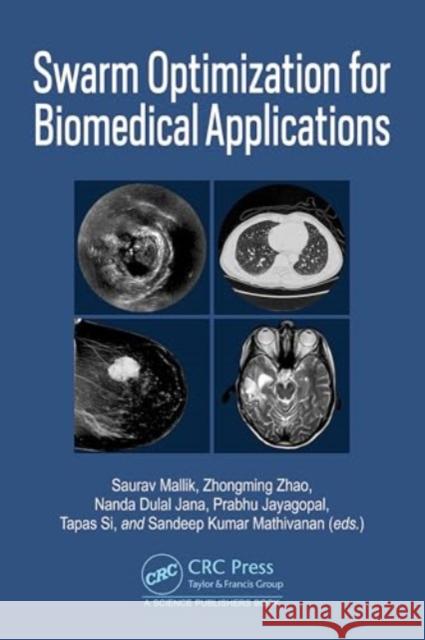topmenu
Wyniki wyszukiwania:
wyszukanych pozycji: 3
 |
Sequence and Genome Analysis: Methods and Applications
ISBN: 9781453753859 / Angielski / Miękka / 2011 / 374 str. Termin realizacji zamówienia: ok. 16-18 dni roboczych (Dostawa w 2026 r.) Sequence and Genome Analysis: Methods and Applications provides a comprehensive review and discussion on the key problems in computational biology. It focuses on computational and statistical principles applied to genomes, and introduces the mathematics and statistics that are crucial for understanding these applications. This book is organized as follows: Chapter 1 discusses Photonic DNA computing, which denotes the nano-scale information technology employing photonics and DNA. Because the activity of a living body is regulated by a variety of bio-molecules such as DNAs, RNAs, and proteins,...
Sequence and Genome Analysis: Methods and Applications provides a comprehensive review and discussion on the key problems in computational biology. It...
|
cena:
474,94 |
 |
Feature Selection and Feature Extraction on Omics Data
ISBN: 9781032967677 / Angielski / 12-03-2026 Książka dostępna od: 12-03-2026 |
|
Planowany termin premiery książki: 12-03-2026
Książkę można już zamówić z rabatem 5% |
|
598,71 |
 |
Swarm Optimization for Biomedical Applications
ISBN: 9781032697338 / Angielski Termin realizacji zamówienia: ok. 22 dni roboczych (Dostawa w 2026 r.) |
cena:
678,70 |










